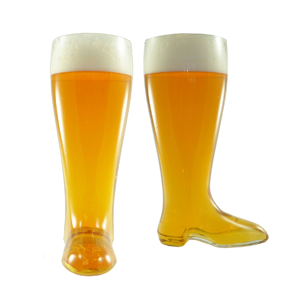BEER
 Beer is the fermented beverage that derives its acoholic content from the conversion of malt sugars into alcohol by the action of brewer’s yeast & it is the flavour with hops. Historical relics & records tells that beer were made by the ancient Sumerians and Egyptian from 6000 years ago through its history probably goes back even further in time.
Beer is the fermented beverage that derives its acoholic content from the conversion of malt sugars into alcohol by the action of brewer’s yeast & it is the flavour with hops. Historical relics & records tells that beer were made by the ancient Sumerians and Egyptian from 6000 years ago through its history probably goes back even further in time.
THE INGREDIENTS FOR BEER
In order to produce beer, the following ingredient are needed which are given below.
 Beer is the fermented beverage that derives its acoholic content from the conversion of malt sugars into alcohol by the action of brewer’s yeast & it is the flavour with hops. Historical relics & records tells that beer were made by the ancient Sumerians and Egyptian from 6000 years ago through its history probably goes back even further in time.
Beer is the fermented beverage that derives its acoholic content from the conversion of malt sugars into alcohol by the action of brewer’s yeast & it is the flavour with hops. Historical relics & records tells that beer were made by the ancient Sumerians and Egyptian from 6000 years ago through its history probably goes back even further in time.THE INGREDIENTS FOR BEER
In order to produce beer, the following ingredient are needed which are given below.
- Malted grains and cereals
- Water
- Sugar
- Yeast
- Hops
- Malted grains and cereals.
Plant use to store energy in the form of sugar in fruits or as starch in grains & cereals. The alcohol in the wine is produced by the action of the yeast on the sugars in grapes juice. In beer the source of the sugar is stored in the form of starch contained in the grains and cereals. Whereas starch cannot be convened directly into alcohol, through the time and experimentation man has learn to convert starch into sugar.
The process of converting starch into sugars is called Malting and is done in four stage which are given bellow.
The process of converting starch into sugars is called Malting and is done in four stage which are given bellow.

- Steeping
- Sprouting
- Kilning
- Milling
STEEPING
In this stage the grains are steeped or completely immersed in the water for two days unless it is thoroughly soaked.
SPROUTING
The moisture grains are spread out on the floor in a warm chamber with high moisture levels. The grains germinate or sprout. On this stage the sprouted grains are termed green malt. The green malt requires energy to grow and produce a chemical substance or enzyme which is called amylase. This enzyme converts the stored starch into soluble sugars which the green malt uses as energy to grow. All these soluble sugar, dextrin and maltose can be fermented, whereas starch in the original state cannot be convert.
KILNING
The green malt, is placed in a klin (it’s a furnace or oven for burning baking) and roasted. This is used to convert sugar stored in the sprouted barley grains which may now be termed malt. The temperature and the degree of the roasting is important as it determines the desire amount of flavour and the colour of the malt. Malt may be roasted until light, dark, or black depending on what each brewery requires.
Milling
The kilned(roasted) malt then goes to the mill room, where it is ground into a meal or grist. The extraction of these sugars is carried out in the brewery to provide the basis for fermenting alcohol in beer. Beer makers prefer to use the finest malted barley as the basis for their beer. The best malt for beer production are those made from barley with very little plant protein. The low protein contain reduce the problem of cloudiness in beers which can occur if varieties like the high protein six-row barley are used. The cereals , usually corn or rye are called adjuncts and are used to make lighter-bodied beers and also to allow producers to lower costs of production since they cheaper than malted barley.















0 comments:
Post a Comment